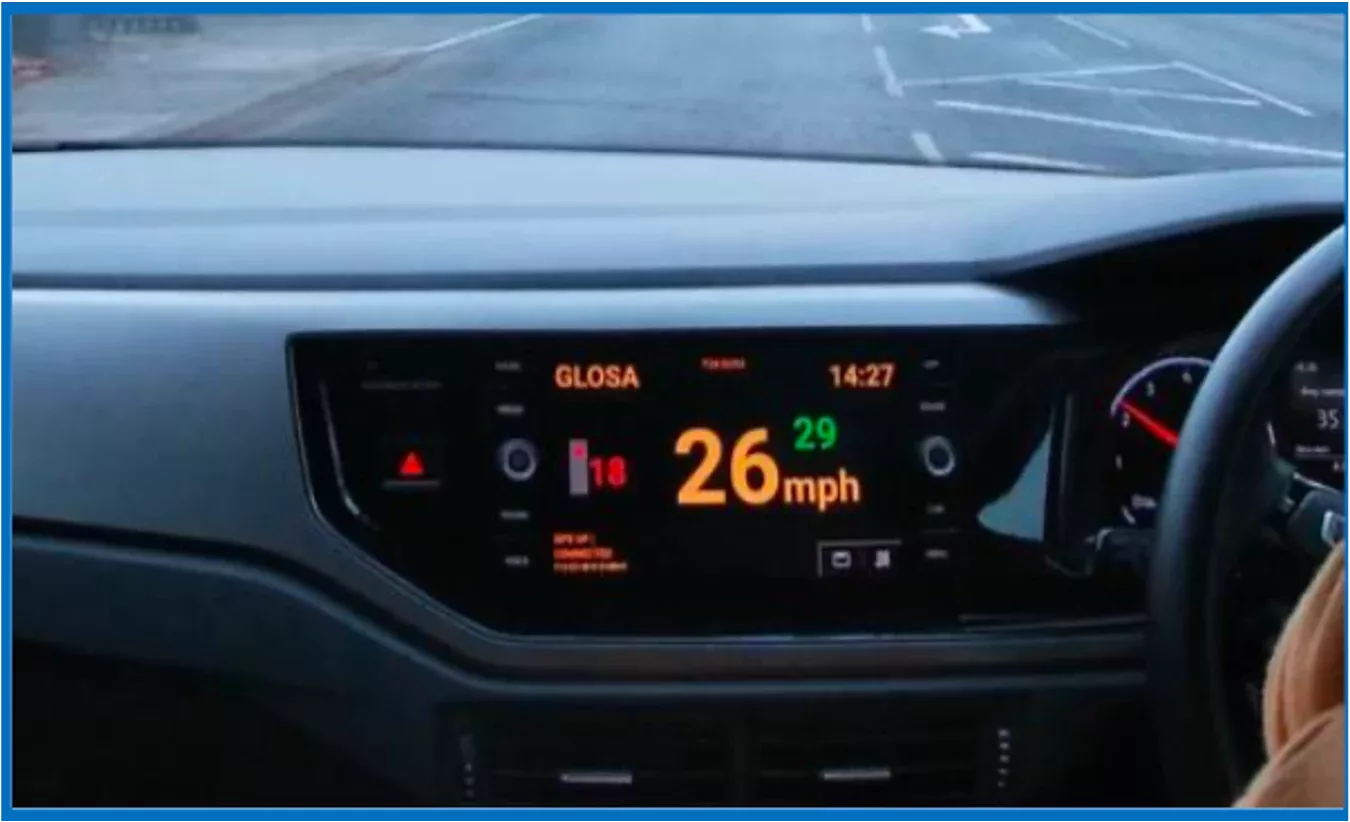The European Council has adopted a new framework on the deployment of intelligent transport systems by revising a 2010 directive.
The new rules aim to take account of technological developments, such as connected and automated mobility, on-demand mobility applications, and multimodal transport.
It also aims to accelerate the availability and enhance the interoperability of digital data that feed services, such as multimodal journey planners and navigation services. This will allow vehicles and road infrastructure to communicate with one another, for example to warn about unexpected events, such as a traffic jam ahead.
The revised law extends the scope of the previous directive to cover emerging services, such as multimodal information, booking and ticketing services (for example, apps to find and book journeys that combine public transport, shared car, or bike services), communication between vehicles and infrastructure and automated mobility.
The new directive also sets targets for the digitisation of crucial information, such as that on speed limits, roadworks and multimodal access nodes, and the delivery of essential services, such as information on road safety. The benefits for transport users will materialise in a wider coverage of real-time information and more accurate intelligent speed assistance systems.
The EU says the new law “retains the framework character” of the 2010 ITS directive and the various technical interventions by way of implementing and delegated acts. The revised directive contains an implementation programme covering at least the next five years and a precise geographical scope of road network for which reusable data must be available as a baseline requirement. By way of delegated acts, the Commission may further complement certain aspects of this implementation programme.
The necessary types of data, including access conditions for tunnels and bridges, speed limits, traffic circulation plans, permanent access restrictions, road closures, roadworks, temporary traffic management measures, as well as the critical services, such as road safety-related traffic information services, to be made available across the Union, are set out in the annexes to the new directive.
Following the formal adoption by the Council, the new directive will be published in the EU’s official journal in the coming weeks and will enter into force the twentieth day after this publication. Member states will have 24 months after the entry into force of the new directive to comply with its provisions.
Read it here.
(File picture – KL Systems)






















